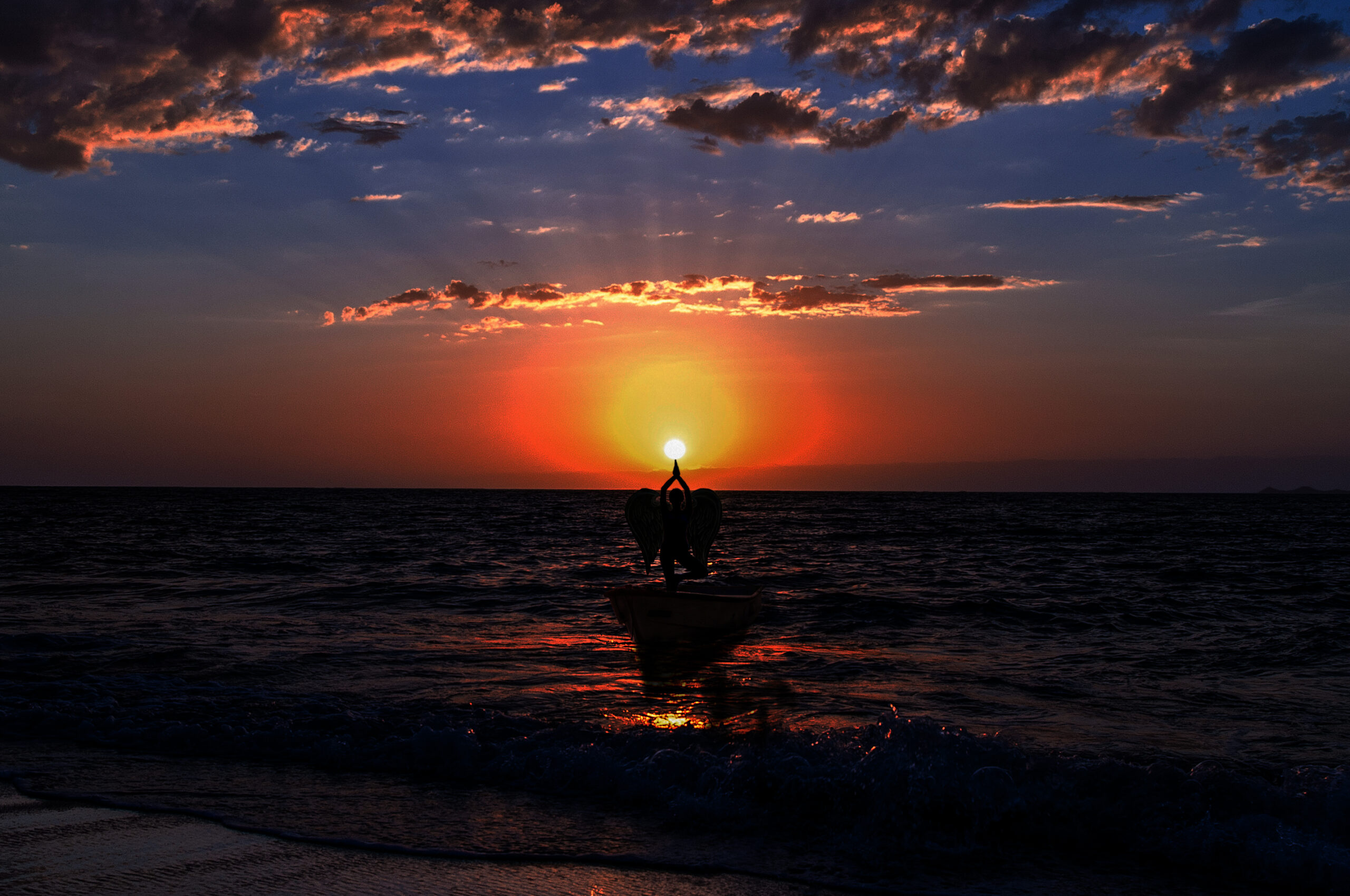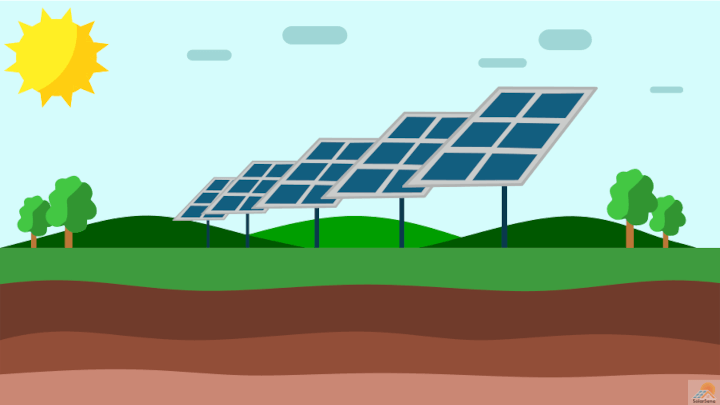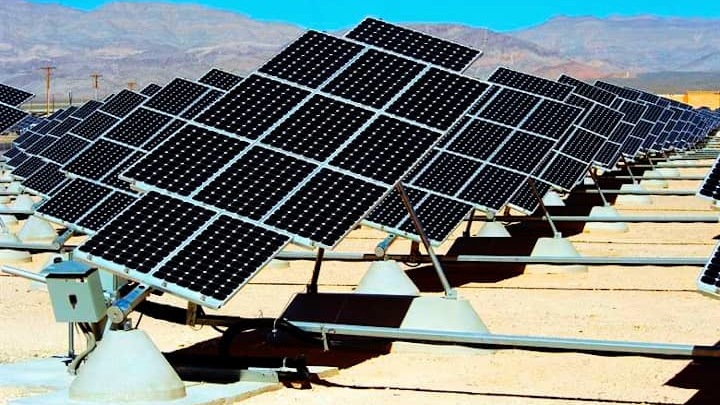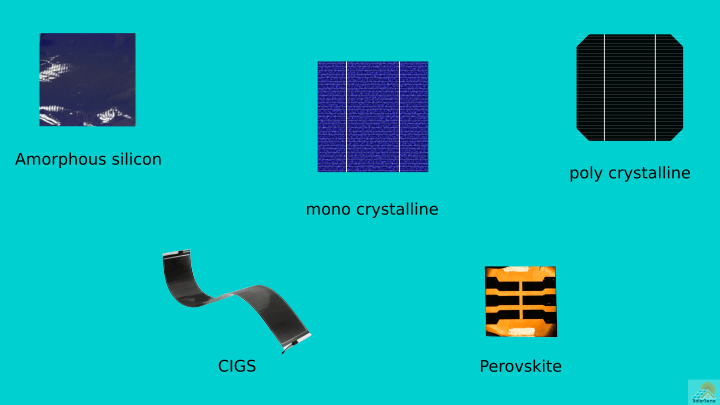You can’t miss the Sun when you look up at the sky during the daytime, the sun’s surface area is massive! This giant ball of fire gives us life, and we really owe our existence (and SolarSena’s existence for that matter!) to it. The Earth and moon orbit the Sun. The Sun provides heat, and with our moon, it creates tides. At night, the moon reflects light from the Sun to brighten our skyline. They all work together, but Earth depends on the Sun and moon. In this article, I share some exciting facts about the Sun and explain how we can use it to harvest even more energy than it already provides.
The Sun’s surface area: Location, Size, and Purpose
The Sun’s been around for more than 4,6 billion years and doesn’t plan on going anywhere for another 5 billion. Looking at the estimates, it hasn’t even been around for half its lifespan! The size of the Sun is unimaginable. It is 864 thousand miles wide. This makes it big enough that more than a million Earth-sized planets could comfortably fit inside it.
An astonishing 99.8% of our solar system consists of the Sun. The Sun is bright yellow and seen during the daytime. This burning star is located in the middle of our solar system and is made almost entirely out of hydrogen and helium. These two elements produce the warm rays we feel on Earth when they burn together. There’s absolutely no solid surface in this ball of gas.
Nothing on Earth can exist without the Sun. Even areas that get minimal sunlight during the year still need it. All living things get their energy from this light. Weather conditions like storms and snowfall, the high and low temperatures on Earth, and all 4 seasons are controlled by the Sun. Researchers and scientists have even found ways to generate electricity from the Sun.
Ways To Harvest Energy From The Sun
Photovoltaic (PV) Solar Panels
PV energy is what we know and use to power our houses through solar panels. Small PV cells in solar panels harvest rays from the Sun to create an electricity stream. Solar panels with more PV cells collect more energy and generate more electricity. You can power houses, single appliances, and even vehicles with solar panels!
Concentrating Solar-Thermal Power (CSP)
Another way to produce electricity from the Sun is by harvesting the light through CS power. For this, hundreds and even thousands of mirrors are used to reflect the rays on systems known as receivers. These receivers use the beams to generate heat. The heat then creates usable electricity.
Hydro-Solar Devices
It may sound like the Sun isn’t a significant factor in this energy source, but these systems wouldn’t work without it. Hydro-solar systems generate energy when water moves. The Sun influences the movement of this water.
How Much Energy Can Solar Panels Capture From The Sun?
Solar panels capture energy from the Sun during the day. The sun’s massive surface area helps it produce tons of eneryg. How much exactly will depend on their type and size. With enough solar panels, you can capture energy to power your entire house during the day. Pairing these with batteries will keep your lights on at night too. If you have an excellent solar panel to battery ratio, you can harvest enough energy from the Sun to keep your house powered during the day and charge your batteries to capacity.
Other factors like the solar panel wattage, location, and PV cell type in the solar panels will influence how much energy it can harvest. Simply put, we can harvest more energy from the Sun than we might ever need! How much we capture in reality depends on what we harvest it with.

Quick Facts About The Sun and the Sun’s Surface area
- The sun orbits! It travels at about 137 miles per second. This may sound very fast, but it still takes the Sun more than 225 million years to orbit around the center of the Milky Way. During the estimated lifetime of the Sun, it will only circle around our Milky Way a little more than 20 times.
- The Sun is 93 million miles away from Earth. It takes sunlight about 8 minutes and 20 seconds to get to where we can see it. This is known as the speed of light.
- The Sun has many layers, and each has a different temperature. The core is much hotter than the most outer layer.
- The average temperature at the Sun’s core is 27 million degrees Fahrenheit. The surface is around 10 thousand degrees Fahrenheit.
- The Sun is incredibly round. Nothing else found in nature is as perfectly round as this ball of gas that we call our Sun. To this day, it is still the closest thing to a perfect sphere that has been found.
- The Sun is considered a yellow dwarf in the life stage it’s currently in. When there’s no more hydrogen for the Sun to burn, it’ll reach the next stage. This is known as the red giant stage. Earth and other planets close to Earth will be ‘eaten’ by the Sun during this time.
After this consumption, the Sun will become a white dwarf. The different layers of the Sun will fall flat, and it will shrink to the size of Earth. The final stage in the Sun’s lifetime is known as the black dwarf stage. During this stage, it will be cold, and there’ll be no trace of the Sun we know today.
In Ending
Our Sun is pretty impressive, but it isn’t the only one! There are other solar systems with multiple Suns, each one unique. Other stars are also larger than our Sun. In the early days of our solar system, scientists predicts our Sun ate smaller planets close to it. Research surrounding our Sun brings more interesting facts to light daily. If you would like to learn more about solar energy and how we gather energy from the sun read our latest article on Photovoltaic Energy (PVE) here!
There are still many mysteries, and whether we’ll know everything we need to about the Sun in this lifetime is uncertain. I hope you enjoyed this article! If you know more interesting facts about our Sun, share them in the comments.




